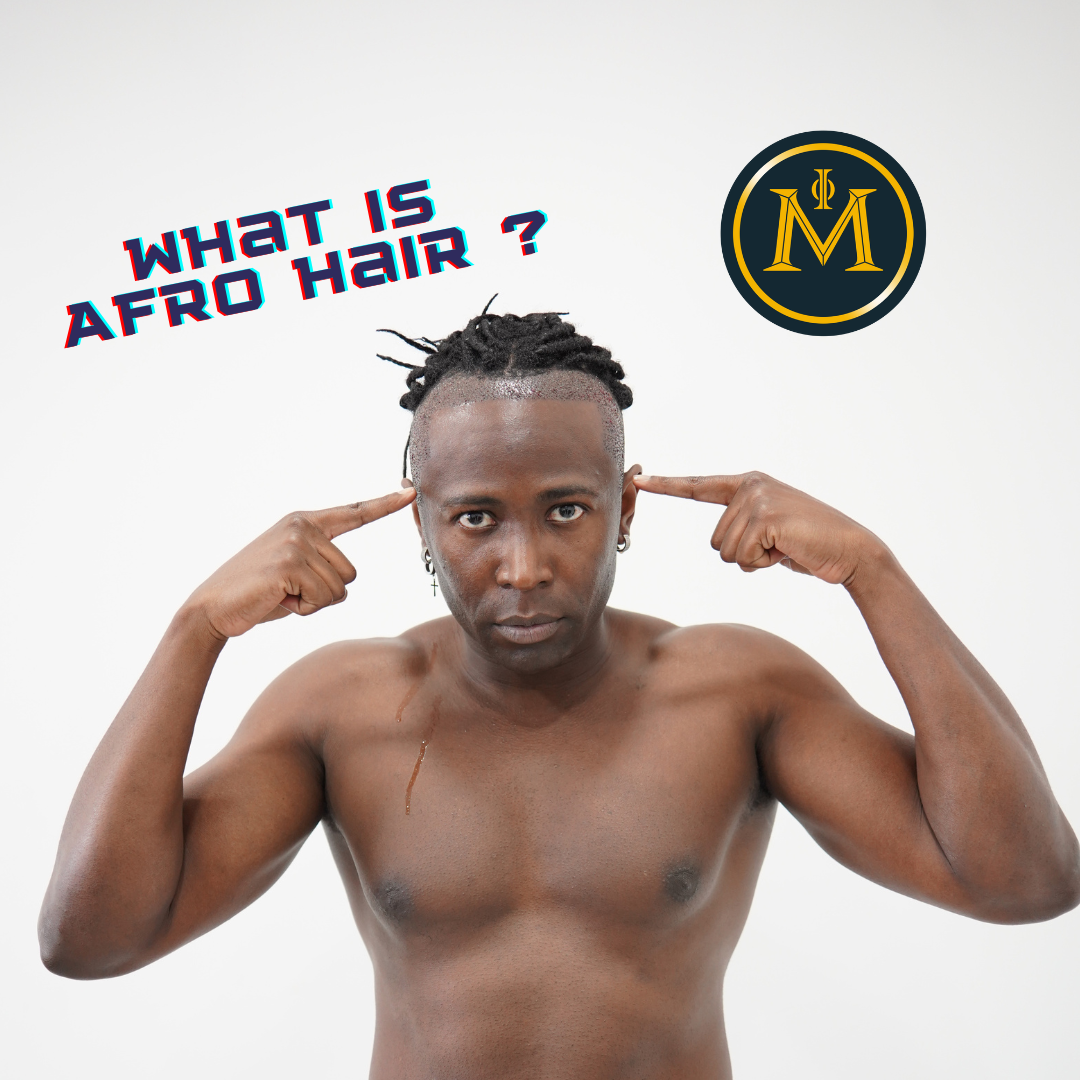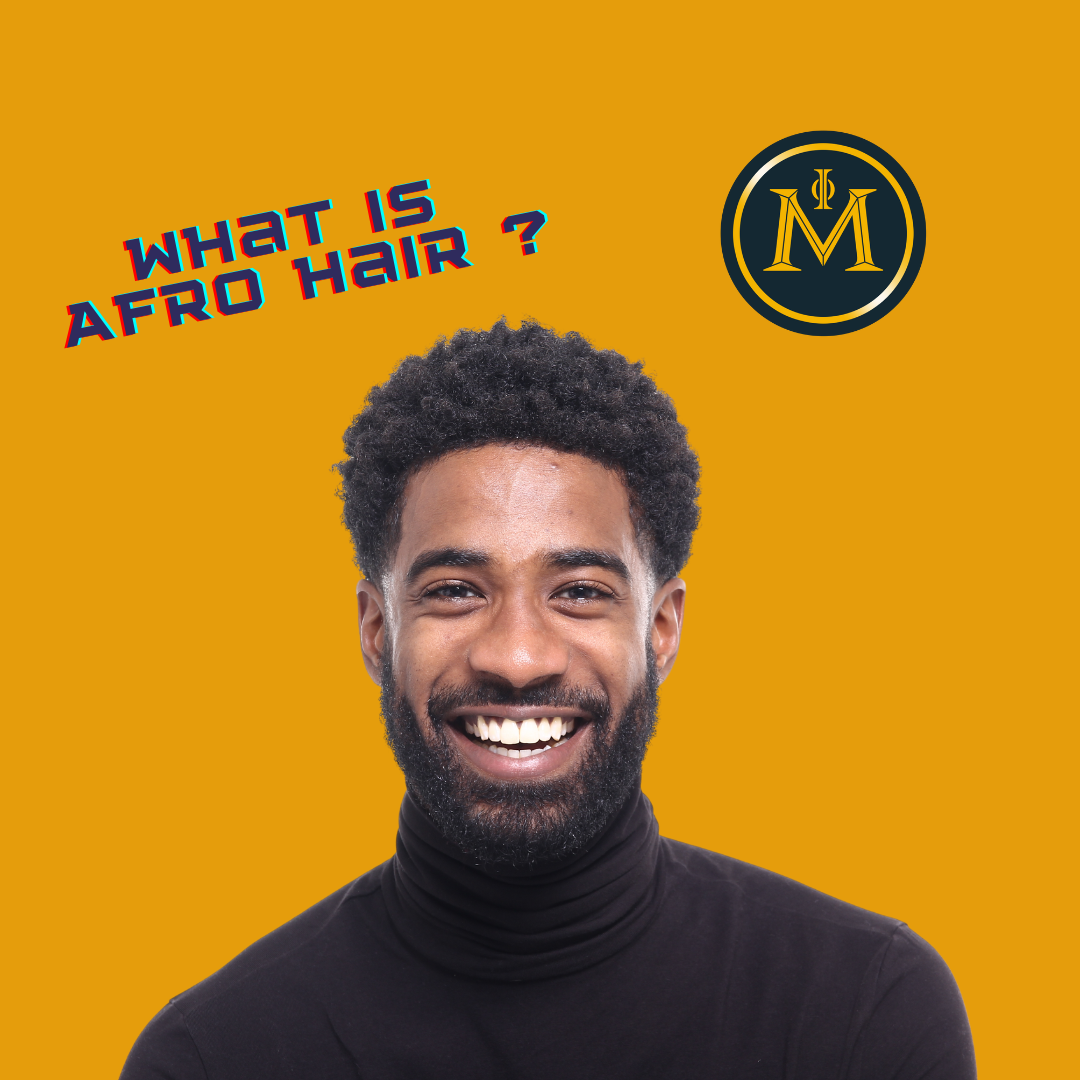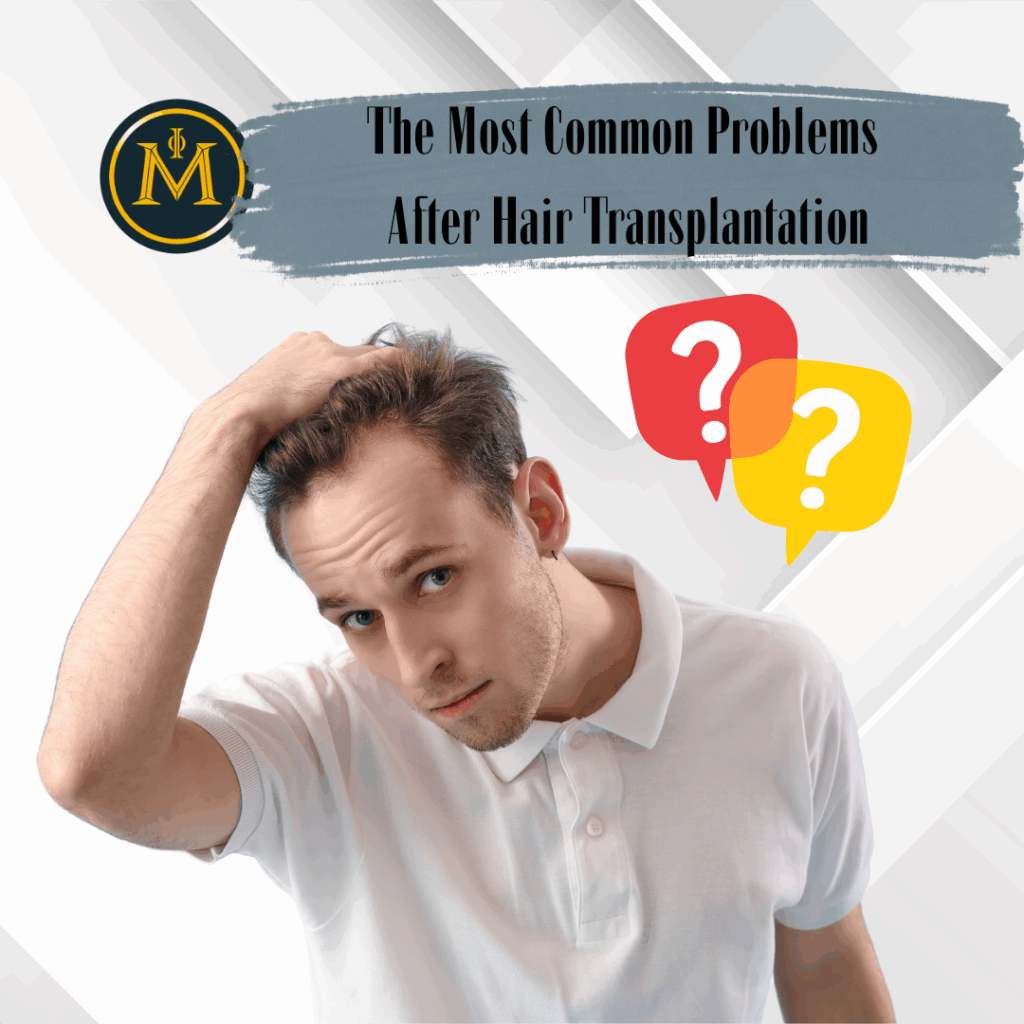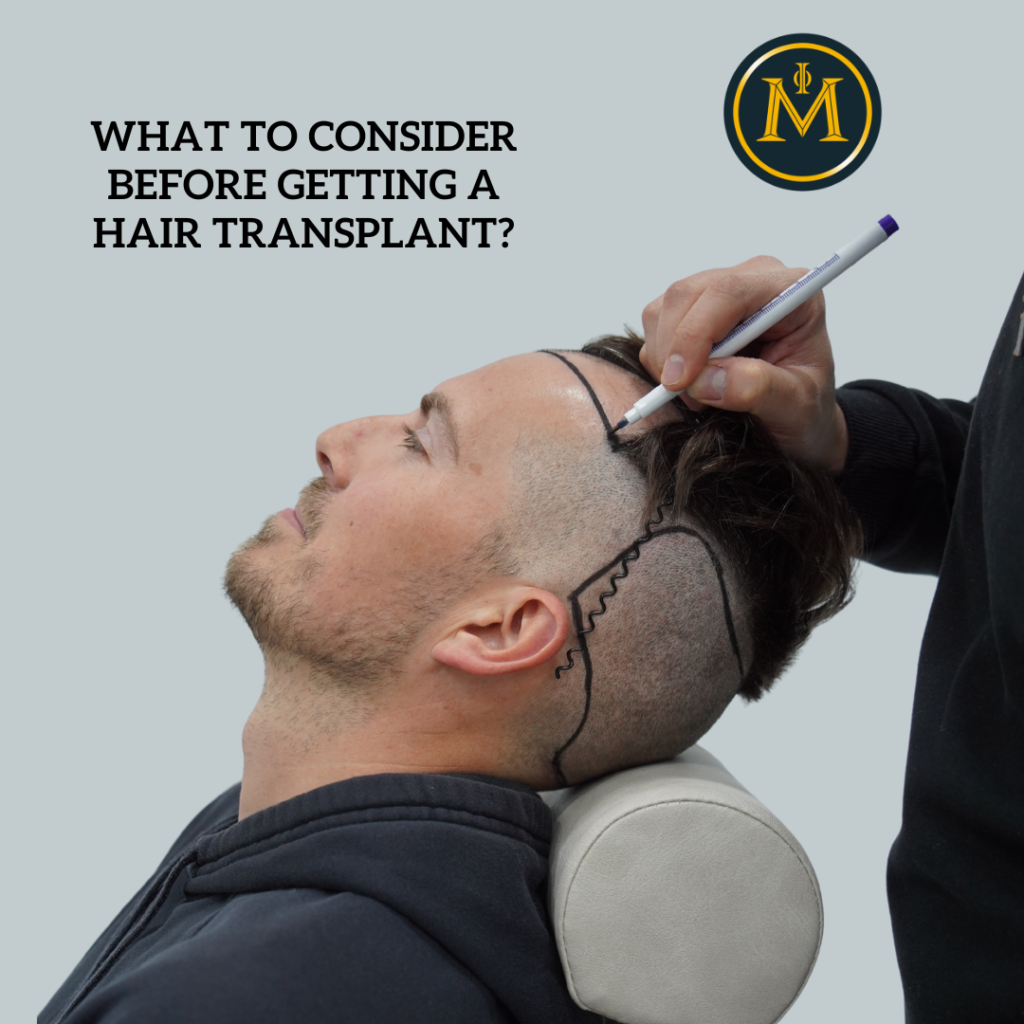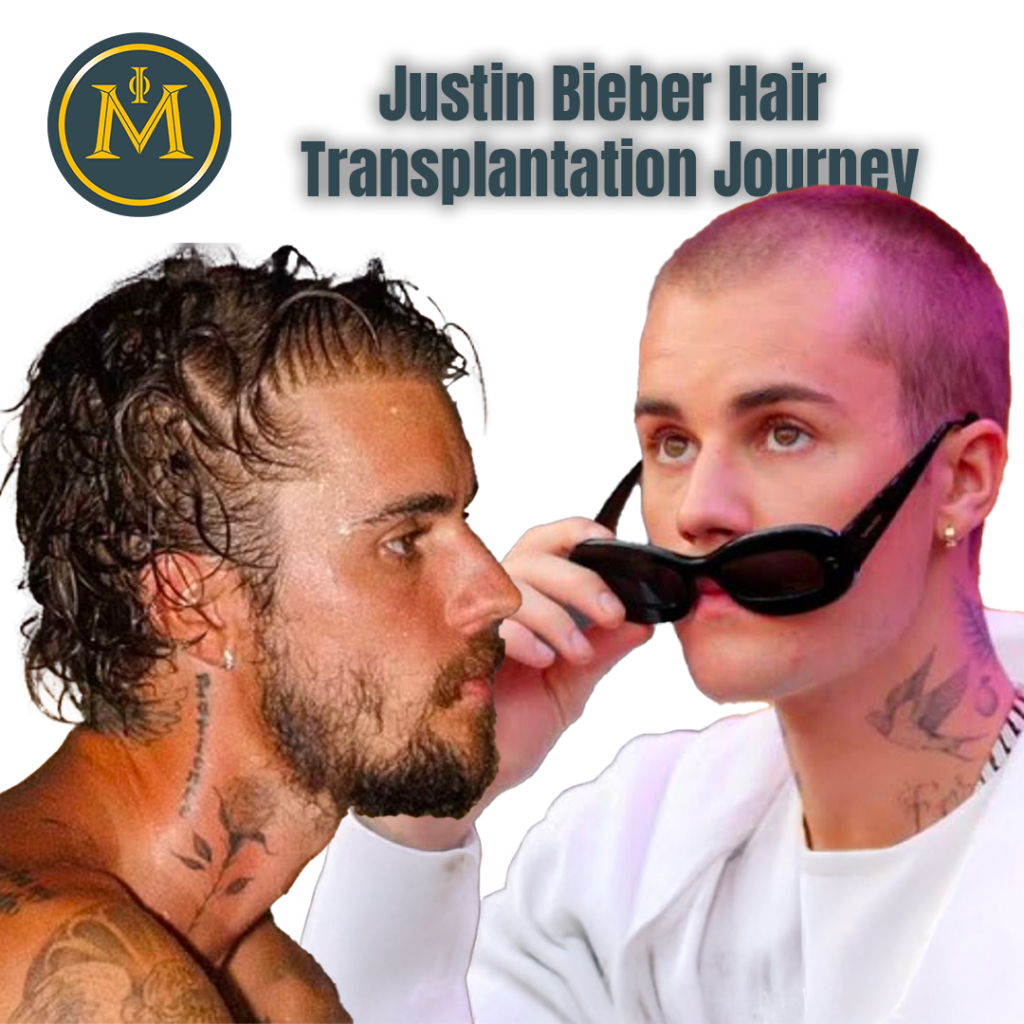Medical of Istanbul
What is Afro Hair?
Afro hair refers to a naturally curly, voluminous hairstyle that is commonly associated with individuals of African and Caribbean descent. The term “Afro” originates from Afro-American culture. When allowed to grow to a certain length, Afro hair typically forms a rounded, voluminous shape.
In Afro hair, the curls originate deep within the skin layers, starting at the dermis (the deeper layer of skin) and extending to create a coiled texture. Each follicle may contain up to two or three roots, which contribute to the unique, tightly curled structure of Afro hair.
